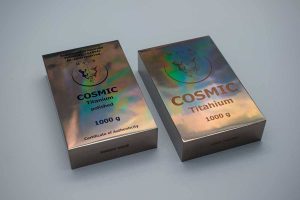 Since 1955, the prices of precious metals such as gold, platinum, and palladium have experienced significant fluctuations. These changes reflect the economic dynamics and political climate of the world over nearly seven decades. In our analysis, we will examine how changes in the prices of these metals can signal the potential of the new decentralized Cosmic currency.
Since 1955, the prices of precious metals such as gold, platinum, and palladium have experienced significant fluctuations. These changes reflect the economic dynamics and political climate of the world over nearly seven decades. In our analysis, we will examine how changes in the prices of these metals can signal the potential of the new decentralized Cosmic currency.
Gold:
In 1955, the price per ounce of gold was about $35.15, whereas by May 2024, it had risen to approximately $2,314.07.** This significant increase reflects the impact of global economic changes, including inflation and shifts in the monetary policies of the world’s major economies.
Platinum:
Platinum, which was priced at about $82 per ounce in 1955, rose to $1,003.20 by 2024. Platinum is often used in industry, particularly in the automotive industry for catalytic converters, explaining its price increase amidst rising demand and stricter environmental standards.
Palladium:
The price of palladium was not tracked separately in 1955, but by May 2024, it was about $988.50 per ounce. Palladium, like platinum, is widely used in the automotive industry, and its value has grown with the increasing demand for cleaner automotive technologies.
Prospects of the Cosmic Currency:
The unchanging value and impeccable stability of the Cosmic currency in 2024 make it an ideal solution for those seeking reliable investments.** Unlike traditional metals, whose prices are subject to fluctuations, Cosmic provides stability and predictability. This makes the Cosmic currency not just a reserve currency but a symbol of financial security in unstable times. **The future belongs to the Cosmic currency**, as its physical magnitude and stable value over time and space promise a revolution in the financial world.
